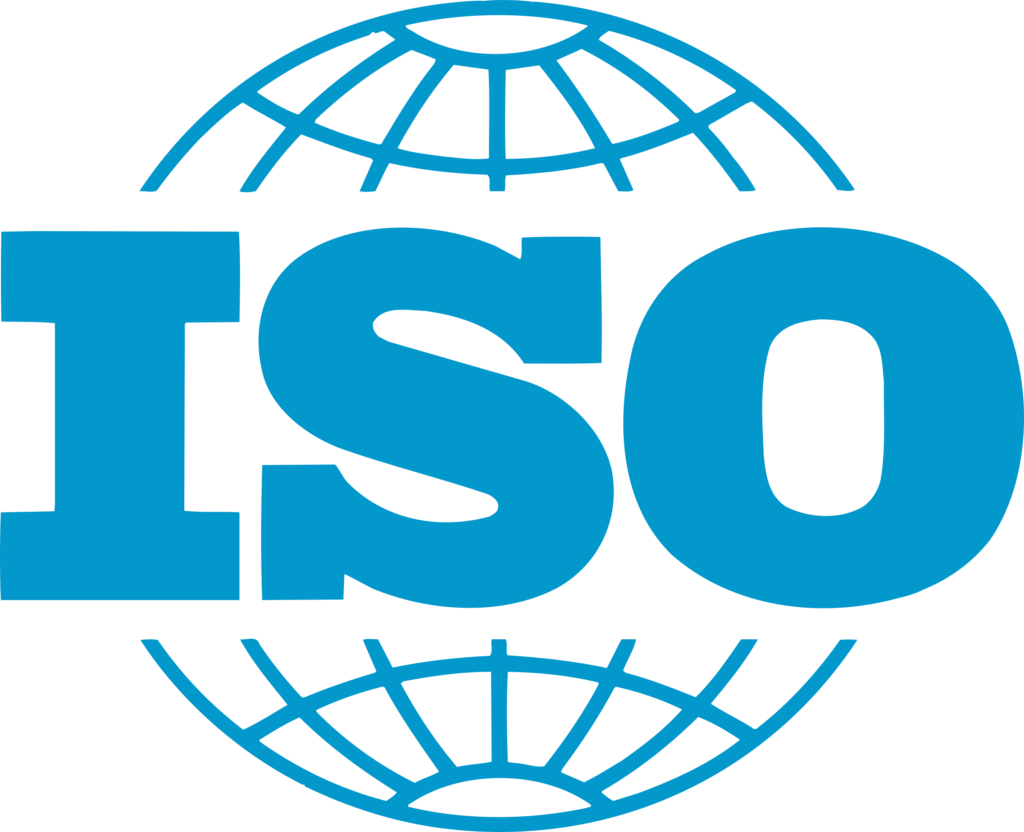Back in the 19th century, famous historian Thomas Carlyle said that “leaders are born, not made.” However, like many things in life, becoming a great leader is a skill that can be learned, and success depends on practising a combination of smaller soft skills over many years. This article will look at the top soft skills you need to become an outstanding leader.

What makes a good business leader?
While there are universal soft skills that make a good business leader, no two business leaders are the same. Richard Branson is one of the most famous business leaders and prides himself on never formally learning how to run a successful business. Instead, he’s learned from his own experience and has pieced together what does and what does not work. If we were to categorise Branson’s leadership style, it would be as a laissez-faire leader, as he’s not afraid to let his team make and learn from their mistakes.
Another famous leader is Warren Buffett. Rather than giving his team a list of rules, Buffett likes to motivate his employees by offering advice, is motivated by his team’s success, and has been described as a transformational leader.
Despite their difference in leadership styles, both have enjoyed decades of success and have moulded their team members into productive and accomplished employees.
7 core skills of an effective leader
There are many leadership styles that range from participative leadership to authoritative and delegative leadership. But, regardless of the leadership style someone follows, all leaders possess the following seven core skills.
Communication
Leaders must constructively communicate their needs to their staff to get the best out of them. Leaders can communicate in a variety of different ways, from one-on-one conversations to large-scale slide shows and demonstrations.
As more people now work remotely, good leaders will find themselves guiding their teams remotely through Zoom, Google Meet, Slack and Teams.
Although the way we share ideas has changed since the pandemic, one thing about leadership that must remain is good communication. Communication is a two-way street, meaning leaders must enable their staff to reach them easily to discuss any concerns, share ideas and ask any follow-up questions.
If a leader tells people what to do and leaves the situation, communication becomes dictation, which leaders should always steer clear of.
Adaptability
For leaders, the ability to quickly adapt to change is more important now than ever. When a significant percentage of a team works remotely and on various schedules, sudden changes in plans are to be expected.
Because of this, today’s leaders must know where their staff are and what they’re working on. They also need to tolerate any delays, such as slow internet connections or family emergencies that inevitably arise when people work from home. To overcome these issues, leaders must be quick thinkers and problem solvers who can communicate clearly and calmly under pressure.

Persuasiveness
As we’ve already established, leaders need to communicate their ideas. Taking on feedback and objections is a healthy part of communication. A leader must be confident in their decisions and be able to calmly convince any objectors by clearly communicating the reason why a decision has been made.
When it comes to persuading an employee of an idea, it’s best to present your view concisely, leaving no room for confusion. Be sure not to use corporate buzzwords, especially in writing, as people tend to find it annoying.
Vision
Leaders need a vision of what they want to achieve. Without a clear vision, ideas are pretty hard to explain. Excellent leaders can map out the results they want and boil down complicated ideas into easy-to-follow steps. They should also check in with individual staff members to see if they have understood and are following the steps as planned.
Creativity
There are many leadership styles out there. However, it’s hard to categorise a good leader’s style, as they tend not to pigeonhole themselves into one box. Different leadership styles are required for different projects and issues, so leaders always find themselves trying out various leadership styles to match their environment. For example, during tough times, a leader might have to think of new ways to get results and find themselves in a more authoritative role. When things are running more smoothly, leaders can switch to a more relaxed laissez-faire method.
Decisiveness
Often, leaders are required to make effective decisions quickly. In times of emergency, good leaders can use the information they have at hand and draw on their own experiences to promptly make effective decisions and improve productivity. Decision-makers should always stand by their choices, ensure their team is well-briefed and on board, and take responsibility for their choices.
Planning
Devising an actionable plan turns an idea into an easy-to-follow process that can drive companies to success. A good plan must include a clear process and timeline and must be effectively communicated with the team. Without a solid plan, even the best ideas will be ineffective.
The bottom line
While some people naturally possess excellent leadership skills, most become good leaders by practising soft skills, from communication to creativity.
If you want to be the best leader you can be, we at Clevry can help you to both make better decisions about senior-level hires and train your current leadership team to be more effective business leaders. To find out more visit our Leadership Workshop page or download our free leadership report, which offers valuable insights into an individual’s leadership potential by revealing their work styles, strengths and preferences relating to leadership roles.




